Are you marketing to a blur of indistinguishable faces, or to 47-year-old Charlie in Seattle, who’s concerned about finding the right options strategy for his 4000% $NVDA windfall? When you view your audience as a fuzzy crowd, you risk wasting both time and money trying to reach them. Podcast clip:
Get a rifle and narrow your sight. (As you know we write for people who sell considered purchases or services to a discerning audience; not mass market products. If you’re selling Doritos or sedans or iPhone chargers then the shotgun approach may be effective.) More on that:
Rifle vs Shotgun Approach in Marketing (the classic metaphor):
The shotgun approach in marketing aims to reach a broad audience through mass media, generating many leads at a lower cost but often with less precision in targeting. The rifle approach is more strategic, aiming precise content at a narrowly defined group to drive higher-quality engagement and conversions.
mini-podcast: Market to One Person, Not a Crowd
Play on Apple // play on Spotify // or play everywhere else via Podlink.
Content marketing landscape:
Consider the vast amounts of content online along with how much people actually retain:
402.74 million terabytes of data are created each day. (A staggering amount we can't really comprehend.) Source: Exploding Topics, June 2024
The Forgetting Curve: “Some studies suggest that people forget about 50% of new information within an hour of learning it. That goes up to an average of 70% that's forgotten within 24 hours.” Source: Indigene, Understanding the Science Behind Learning Retention
The smart, targeted content creation approach:
If you're creating content in hopes of achieving a business outcome, be thoughtful and specific (use the rifle, not the shotgun):
💬 your message (option: Verb-Your-Noun copywriting framework)
👩🏼🦰 your avatar (target persona, a face)
🛒 your CTA
📈 your goal
Because it's truly a sea at this point. Have a clear picture of exactly who you're marketing to (avatar), whether you’re advertising or doing organic content. You may have two or three avatars; write to one at at time. Make separate content for separate avatars. (Btw, Hubspot is a good tool for segmenting content.) Otherwise you're like the Land Rover Defender and diabetes medication commercials played back to back 242 times in a row over months of re-watching The Sopranos on MAX. (Anecdote explained more on the podcast. Both were a waste of CPM.)
In 2024 we don't need to do the spaghetti at the wall / shotgun thing in marketing, especially not for considered purchases.
More marketing tips / subscribe free:
Podcast home: Voice Marketing with Emily Binder
Follow on Instagram: @beetlemoment
Get email updates (new blogs, one per month max)
Watch more of Emily’s marketing videos and Shorts - YouTube playlist

















